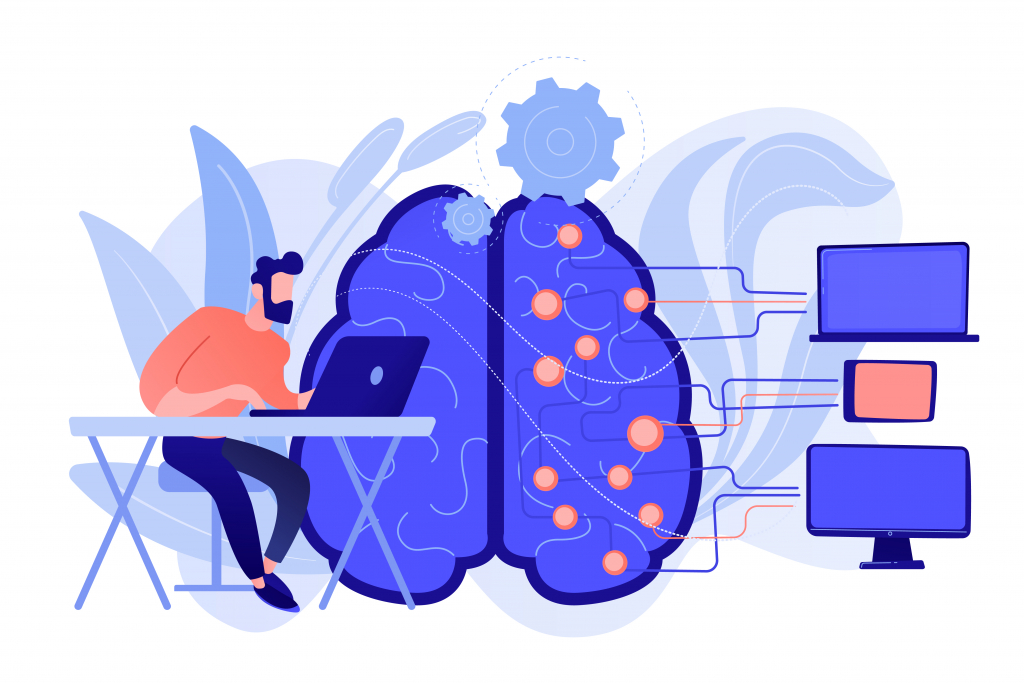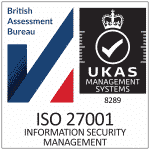Artificial Intelligence and Facilities Management
Artificial Intelligence creates significant opportunities for facilities management to optimise property portfolios showing early adopter excitement and resistance.
AI can help facilities management significantly improve the workplace – creating better, more comfortable work environments. In addition, AI will save organisations money and relieve FM Teams of dull, repetitive tasks to focus on higher value work.
However, with government and NGO’s introducing ambitious targets to reduce carbon emissions, AI’s uptick into the mainstream is timely.
Many organisations use AI to manage facility environmental conditions based on utilisation and longer-term occupancy patterns. For example, automation driven through AI can turn lights on or off and adjust air quality and temperature. In short, AI automation can help businesses deliver efficient workplaces (saving money) and gain further Corporate Social Responsibility points.
However, dissenters remain justifiably sceptical. Data collection and privacy/storage are all issues concerning employees. But, collecting data leads to better and safer workplaces, improving the user experience and delivering CRES-side efficiencies.
The key to successful AI acceptance is demonstrating that data collection comes with significant benefits. For example, by allowing CRES to understand how employees use space, employees get improved facilities.
However, CRES is poor at communicating to its customers how collecting data and using AI will improve their workplace experience.
EDUCATING EMPLOYEES ON HOW CRES USES AI
As Artificial Intelligence becomes the norm through all technologies, implementation comes with varying success levels. Unfortunately, mainstream media highlights the failures over the successes – stoking fears. Common concerns surrounding AI include the elimination of jobs.
However, 20% of building users feel that workplaces don’t meet their needs, impacting productivity and feelings on-site. Implementing AI-driven technology enables round-the-clock monitoring to ensure the environment is ideal temperature with the correct light levels.
Longer-term, AI-equipped sensors monitor where employees go, collecting data to identify usage trends throughout facilities. These people driven trends gives CRES a better understanding of what’s working. AI’s ability to quickly analyse big data allows repeated success across all facilities while reducing the space types that employees don’t use.
However, CRES needs to be transparent with employees about collecting data to make facilities safe and comfortable.
These employee-centric advantages have only been possible in the last few years, thanks to AI-driven technology. Communicating the improved experience is part of the education required to win over reluctant and fearful employees. CRES is not using AI for shady reasons; instead, to improve the user’s experience when on-site.
The Role of Virtual Office Assistants
This view of AI and facility management is okay, but what about the building user? Knowing their organisation optimises the workplace experience is good, but what can AI offer employees themselves?
Three words: virtual office assistant. AI technologies provide a personalised experience users need to carry out their regular tasks. Therefore, administrative tasks become simple by integrating digital wallets, calendars, bookings, and other amenities linking to AI. Thus, enabling employees to focus on their role, adding additional value to the organisation.
For example, an AI virtual office assistant can look at a person’s calendar and book suitable workstations between meetings. Then, when leaving a meeting, the virtual office assistant can direct the person to their booked workstation and check if they need anything further – lunch ordered and delivered to their workstation, for instance.
This level of flexibility is transformative for facilities. The workplace as we know it will change entirely by using virtual office assistants.
Firstly, fixed workstations will be no more as AI can match employee requirements with workstations functionality. Secondly, managed and tracked occupancy through AI will support transparent chargeback and clear metrics on consolidating space. Thirdly safety considerations are effectively met with AI bots monitoring a zone’s/floor’s total occupancy in real-time diverting traffic when reaching thresholds.







